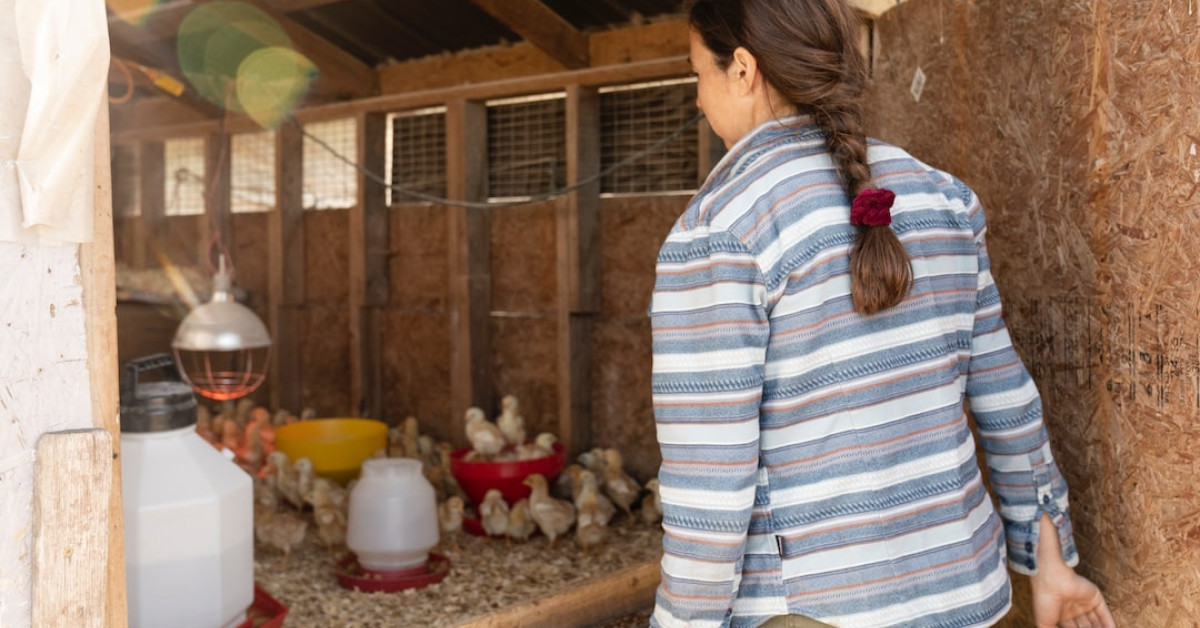When it comes to understanding the intricate marvels of nature, many questions often remain shrouded in mystery. Among such queries, one that might tickle your curiosity is: do chickens have tongues? If you are a culinary enthusiast, a fervent bird watcher, or simply someone with a thirst for knowledge, the anatomy of chickens might cross your path of interests.
In an age where the consumption of poultry is prevalent, having insightful information regarding the food we eat can enrich our perspectives and appreciation. Let us navigate through the fascinating aspects of chicken biology, specifically delving into the details of their oral mechanism. Are you ready to discover the unique world of chicken anatomy and unravel the secrets that lie within their beaks? Let’s embark on an exploratory journey that unveils everything there is to know about chickens and their tongues.
The Oral Blueprint: Understanding the Avian Tongue
Before we dive into the depths of whether can chickens eat broccoli possess this muscular organ, it is crucial to understand the fundamentals of avian tongues. What role does a tongue play in the life of a bird, and how does it differ from that of mammals, including humans?
The Primary Functions of Avian Tongues
Birds have a diverse range of feeding habits, and their tongues are an essential tool in their survival kit. Here are some of the primary functions of avian tongues:
- Prehension of food
- Sensing the quality and texture of food
- Manipulating and positioning food for swallowing
- Vocalization and creating specific sounds
Anatomical Variations Across Species
It’s interesting to note that not all bird tongues are created equal. The size, shape, and functionality of tongues can chickens eat brussel sprouts vary significantly across different species, each tailored to their dietary needs and lifestyles. Some birds may have long, slender tongues to extract nectar, while others could possess strong, rugged ones to crack open hard-shelled seeds.
The Chicken Truth: Do They Have Tongues?
Now, the moment you’ve been waiting for – answering the question, “Do chicken eating mangos have tongues?” The simple answer is yes, chickens do have tongues. However, the chicken tongue is a unique structure that is worth examining more closely to truly understand its nature and function.
The Morphology of a Chicken’s Tongue
- Shape and Size: The chicken tongue is generally shorter and thicker compared to many other birds.
- Texture: It is relatively rigid, with a rough surface aiding in the manipulation of food.
- Presence of Taste Buds: While chickens do have taste buds, they are not as numerous as those found in humans.
Functionality of the Chicken’s Tongue in Their Daily Behavior
- Feeding: Chickens use their tongues to sort and ingest food particles.
- Drinking: Their tongue assists in the lapping up of water.
- Vocalizing: Although the tongue plays a minimal role, it does contribute to the range of sounds chickens can make.
The Tongue in Coordination with Other Oral Structures
It’s important to underscore that a chicken’s tongue does not function independently. It works in concert with other elements like the beak and salivary glands. The tongue helps to push the food to the back of the throat, where the esophagus begins, and this process is seamless due to the structure’s design and cooperation with the rest of the oral cavity.
Dietary Revelations: How the Chicken’s Tongue Influences Their Food Preferences
Understanding the influence of a chicken’s tongue on its diet has implications for both poultry farmers and culinary aficionados alike. The dietary choices and food textures they prefer are directly linked to the capabilities and limits of their tongues allure beauty box september 2023 spoilers.
The Effect of Tongue Anatomy on Feeding Habits
- Grain and Seed Consumption: Chickens are known for pecking at their food; their tongue aids in the sorting and swallowing of grains.
- Meat and Protein Sources: When consuming protein sources like insects or small animals, the tongue functions as a crucial tool for manipulation.
The Role of Taste in a Chicken’s Diet Selection
- Number of Taste Buds: Although limited in number, chickens do have taste buds that allow them to discern certain flavors.
- Preference for Savory Flavors: Chickens typically show a preference for savory flavors, and this can inform what types of feeds are most appealing to them.
Practical Implications for Chicken Feed Formulation
Crafting chicken feed that is both palatable black and white chickens nutritious can be a complex endeavor. Considering the function and capabilities of a chicken’s tongue can lead to the development of feed that chickens will consume more readily, leading to better health and improved productivity.
The Tongue’s Role in Chicken Health and Well-being
A chicken’s tongue is not just a food-processing tool; it is also an indicator of their overall health. Certain signs black and white chicken symptoms, observable through the tongue, can provide insights into potential health issues that may need addressing.
Recognizing Common Tongue-Related Health Problems
- Fungal Infections: Chickens can develop infections like thrush, which often manifest on the tongue.
- Nutritional Deficiencies: A pale or discolored tongue can suggest a lack of certain nutrients.
- Injury and Trauma: Due to their foraging habits, chickens may injure their tongues, which requires prompt attention.
The Importance of Regular Health Checks
Regularly examining a chicken’s tongue can be an invaluable practice in early detection and treatment of health issues. This proactive approach can mitigate potential complications and ensure the well-being of the flock.
Investigating the Evolutionary Aspects: From Dinosaurs to Chickens
The presence of tongues in chickens also begs the question of evolutionary growth. Have chicken tongues evolved from their dinosaur ancestors, and if so, how has this evolution influenced their current form and function?
Tracing the Evolutionary Lineage of Chicken Tongues
Researchers can make educated hypotheses about the evolution of bird tongues, and by extension, chicken tongues, by studying fossils and comparing them with modern specimens. Evidence suggests that while many aspects of tongue structure have remained consistent, certain changes have occurred to better suit the dietary needs of current avian species.
Comparing Avian Tongues with Their Dinosaur Relatives
Similarities in the oral structures of birds and certain dinosaur species shine a light on the shared ancestry. However, it is essential to appreciate that millions of years of evolution have fine-tuned each species’ tongue to adapt to their specific survival strategies.
The Impact of Diet on Tongue Adaptation Over Time
Diet undoubtedly plays a significant role in the evolution of any species. The adaptation of the chicken tongue to its current form is closely linked to the dietary shifts that have taken place over countless generations, creating a symbiotic relationship between what they eat and how their tongues have developed to facilitate that consumption.
Beyond the Anatomy: Cultural and Symbolic Significance of Chickens
The discussion of chicken tongues not only touches on biological facts but also delves into the cultural imprint these animals have left on human societies. Chickens are not only physical entities but also symbols carrying meanings across various cultures.
Chickens in Folklore and Tradition
From being considered sacred animals in some societies to starring in folktales and myths, chickens and their body parts, including tongues, often hold symbolic significance. They are woven into the fabric of agricultural practices, community rituals, and storytelling, reflecting the relationship between man and avian kind.
The Impact of Chickens on Culinary Diversity
Chickens have had an immeasurable impact on culinary traditions worldwide. The variety of ways in which chicken, including their tongues, can be prepared is a testament to the bird’s adaptability and central role in food culture.
The Contribution of Chickens to Food Sustainability
In terms of sustainability, chickens offer an efficient option for producing animal protein. Their anatomy, which allows for diverse feeding habits, feeds into the larger system of food production and sustainability, highlighting the interconnectedness of nature’s design and our food systems.
Conclusion: A Final Peck at the Topic
The question of whether chickens have tongues may seem straightforward at first glance, yet it reveals the multifaceted and intricate world of chicken anatomy and their place in the natural and cultural world. Their tongues, a seemingly minor feature, are vital to their existence and our understanding of these creatures.
From their evolutionary journey to their impact on our plates and in our backyards, chickens are remarkable beings that continue to intrigue and nourish us. Unraveling the mystery of their tongues has led us on a path of discovery, one that enhances our knowledge and reverence for the avian species that play such a crucial role in our daily lives.
It is clear that chickens do indeed have tongues, and these tongues serve essential functions for their survival and comfort. So, the next time you encounter these feathered friends or enjoy a plate of chicken, remember the fascinating truths behind their biology and how it shapes their interactions with the world around them.










